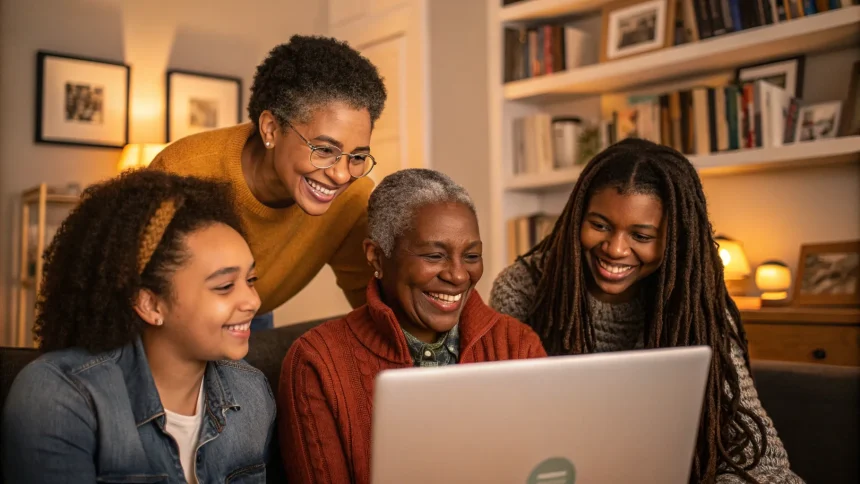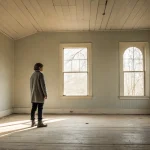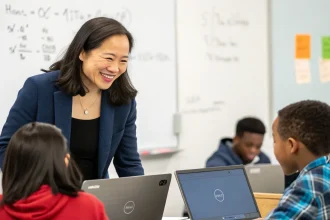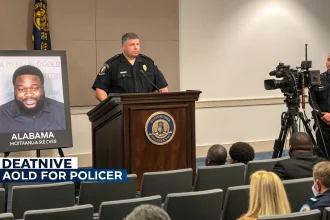As National Coming Out Day approaches, queer adults are reflecting on the profound influence LGBTQIA+ YouTube creators had on their identity formation and self-acceptance. In conversations with USA TODAY, these individuals shared how the video platform served as a vital resource during their formative years, providing representation often absent from mainstream media.
Many interviewees described discovering LGBTQIA+ content creators during middle and high school years, a critical period when they were questioning their own identities. For some, these YouTube personalities were their first exposure to openly queer individuals living authentic lives.
Digital Role Models Fill Representation Gap
“I grew up in a small town where I didn’t know any gay people in real life,” said Alex Chen, 24, who began watching LGBTQIA+ YouTube channels at age 14. “Seeing creators like Tyler Oakley and Hannah Hart just being themselves online showed me I wasn’t alone and that there were happy, successful queer adults out there.”
This sentiment was echoed by many others who found comfort in YouTube’s accessibility. Unlike television or film, which historically limited queer representation or portrayed stereotypical characters, YouTube offered authentic, unfiltered glimpses into real LGBTQIA+ lives.
The platform’s algorithm often connected viewers with content that resonated with their interests, creating pathways to discover queer creators even when viewers weren’t explicitly searching for LGBTQIA+ content.
Educational Impact Beyond Entertainment
Beyond providing visibility, LGBTQIA+ YouTubers offered practical information about coming out, navigating relationships, and understanding gender identity—topics often excluded from school curricula.
Jordan Williams, 26, credits YouTube channels for teaching them terminology and concepts around gender identity. “Before YouTube, I didn’t have the language to describe what I was feeling. Watching trans creators document their journeys helped me understand my own non-binary identity.”
Many interviewees highlighted specific videos that helped them through difficult moments:
- Coming out advice videos that prepared them for conversations with family
- Q&A sessions addressing common questions about sexuality and gender
- Day-in-the-life content showing queer people in ordinary, happy situations
Community in Comments
The comment sections under LGBTQIA+ YouTube videos created virtual communities where viewers could connect with others sharing similar experiences. For many young people isolated in non-affirming environments, these digital spaces provided crucial support networks.
“The comments section was where I first interacted with other queer people,” said Taylor Rodriguez, 23. “Even though I was just watching from my bedroom, I felt part of something bigger.”
Several interviewees maintained that these online communities helped them build confidence to eventually seek in-person LGBTQIA+ spaces and events when they became available to them.
Evolution of Representation
Those interviewed noted how LGBTQIA+ content on YouTube has evolved over the past decade. Early pioneers often focused on coming out stories and addressing stereotypes, while today’s creators explore more nuanced aspects of queer life and intersectionality.
“The creators I watched ten years ago were mostly white gay men and lesbians,” noted Sam Johnson, 27. “Now there’s much more diversity in terms of race, gender identity, and disability representation. Young people today have access to so many more types of stories.”
This evolution reflects broader societal changes in LGBTQIA+ visibility, though interviewees emphasized that YouTube often led rather than followed these shifts.
As National Coming Out Day approaches, these reflections highlight how digital platforms can create meaningful spaces for identity exploration and community building. For many queer adults, YouTube wasn’t just entertainment—it was a lifeline that helped them imagine possibilities for their own futures.









